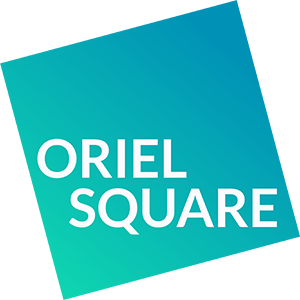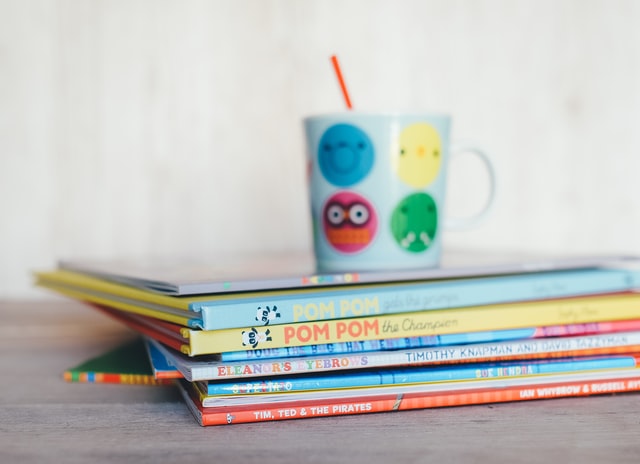Liz is Publishing Delivery Manager at Oriel Square. She leads a number of complex print and digital projects and is our Subject Champion for primary English.
How do you create great digital content to enhance reading?
When it comes to creating digital content, if your starting point is already really great content, then you’re not going to go wrong.
When it comes to creating digital content, if your starting point is already really great content, then you’re not going to go wrong. There is a lot of interesting stuff happening at the moment around enhancing digital reading as an experience and interesting things are happening with AI. In my experience, it all starts with a really great book.
I think it’s really important that children can see themselves in books. As educational publishers, we have a specific responsibility towards that.
How do you work to make reading inclusive for everyone?
I think it’s really important that children can see themselves in books. As educational publishers, we have a specific responsibility towards that. In the books that kids see in book shops, and in the wider media, there are very low numbers of protagonists from non-white backgrounds.
When I’m working on a reading scheme I keep in mind that we have this extra responsibility to be the best we can be as far as inclusion is concerned. We’re making up a big chunk of that child’s exposure to stories and storytelling and we definitely have a responsibility for all kids to see themselves having fun and having those adventures.
What are the most important factors to consider?
You’re having to get into the mindset of and empathise with people who really struggle with reading
Coming into publishing as someone who loves reading, you’re weirdly almost at a disadvantage because you’re having to get into the mindset of people who really struggle with reading or who maybe don’t enjoy reading all that much. So you’ve got to work extra hard to work out what’s going to appeal to them and what’s going to help them.
The way children get introduced to reading either sets them up to enjoy reading or it doesn’t, it’s not just about how good they get.
Another thing I’ve learned is the importance of working closely with design. The look and layout of early readers are so important, partly so that they look appealing and exciting but also so that the design supports children who are just getting used to how books work. Things like making the reading order really clear and considering font, font size and line length very carefully.
Where do you stand on the phonics debate?
When I was learning to read, phonics was de-emphasised compared to where it is in the curriculum now. The more I look into it the more I realise I was lucky to have coped okay with that less systematic way of teaching. There are people who probably got left behind because of that approach.
Ending the Reading Wars: Reading Acquisition From Novice to Expert explores different views on the importance of phonics and the emphasis that phonics should have in early learning reading. The article came out a few years ago – it didn’t end the reading wars but it’s something that a lot of people feel very strongly about. The way children get introduced to reading either sets them up to enjoy reading or it possibly doesn’t, it’s not just about how good they get.
Where’s your ideal reading spot?
My perfect spot to read would be in a window seat in a country house. I remember reading probably about two-thirds of Wolf Hall while sat in a window seat in the Lake District, so that is my absolute perfect place to read. If it has curtains that you can draw (like in the opening of Jane Eyre), that makes it even better.

